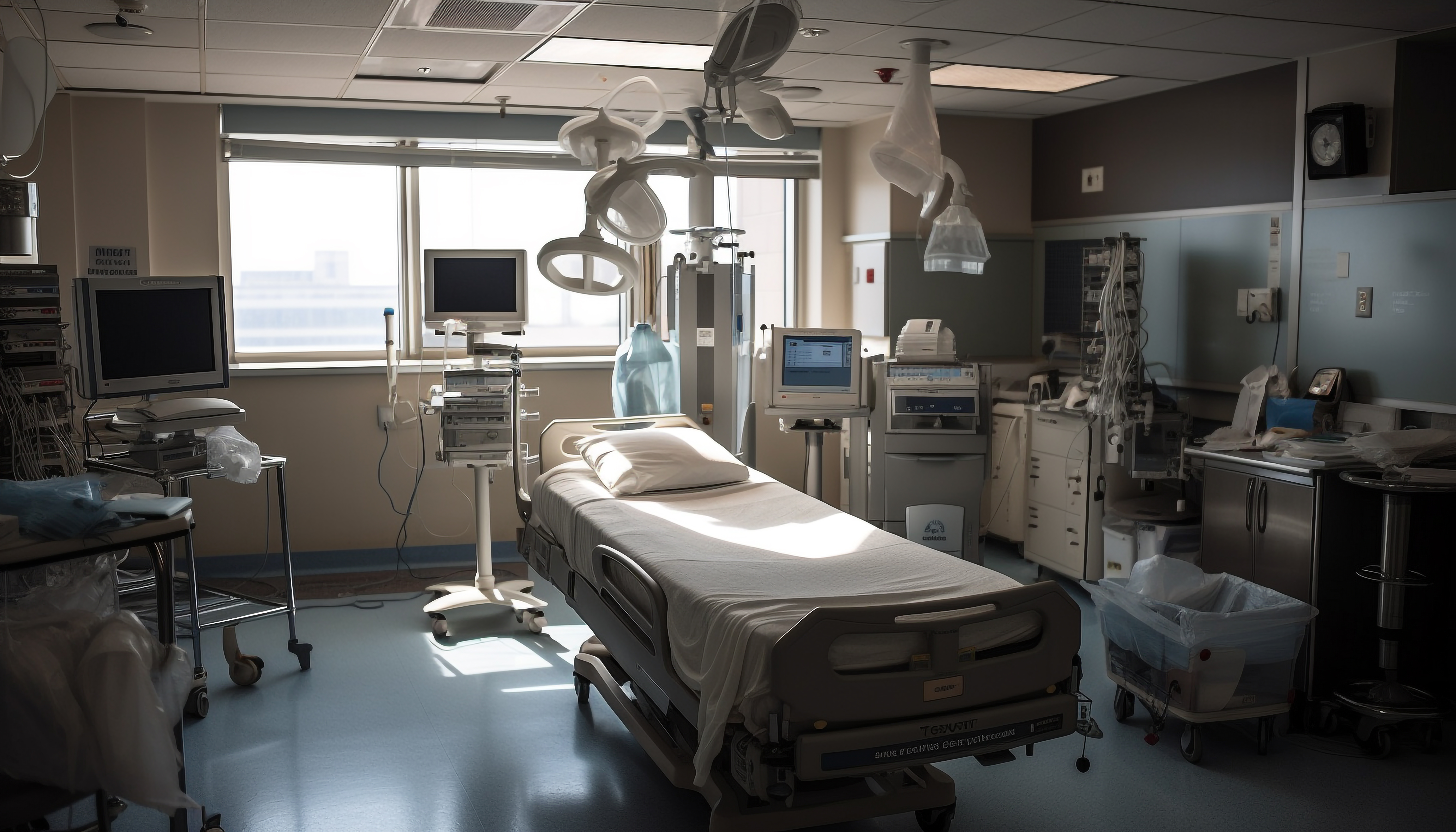
Hospital ventilation refers to the system of controlled airflow within a healthcare facility designed to maintain a healthy and safe environment for patients, healthcare professionals, and visitors. The ventilation system plays a crucial role in reducing the risk of airborne infections and maintaining air quality. Here is a comprehensive description of hospital ventilation:
1. Air Circulation: Hospital ventilation is designed to provide a continuous flow of fresh air while removing stale or contaminated air. The system ensures that a sufficient amount of outdoor air is brought in and distributed throughout the hospital's various areas, including patient rooms, operating theaters, waiting areas, and staff areas.
2. Air Filtration: Hospital ventilation systems incorporate high-efficiency air filters to trap and remove airborne particles, such as dust, pollen, bacteria, viruses, and other pathogens. These filters help prevent the spread of infectious diseases and maintain a clean and safe environment.
3. Positive Pressure Rooms: In certain areas like isolation rooms, intensive care units, or operating theaters, the ventilation system may be designed to maintain positive pressure. Positive pressure ensures that air flows out of these specialized rooms and prevents contaminated air from entering, reducing the risk of cross-contamination.
4. Negative Pressure Rooms: For patients with highly contagious airborne diseases like tuberculosis or COVID-19, negative pressure rooms are used. These rooms maintain a lower air pressure than surrounding areas, containing and preventing the spread of pathogens to other parts of the hospital.
5. Ventilation Rate: Hospital ventilation systems are designed to meet specific air exchange rates, depending on the area and its purpose. Certain spaces may require more frequent air changes to maintain a cleaner environment, while others may have lower requirements.
6. Temperature and Humidity Control: Hospitals strive to maintain a comfortable and consistent temperature and humidity level. This not only provides comfort to patients but also supports infection control and reduces the risk of mold growth.
7. Airflow Direction: The airflow direction is carefully planned to prevent cross-contamination between different areas. Clean areas, such as operating rooms, have carefully controlled airflow to minimize the introduction of contaminants.
8. Monitoring and Maintenance: Hospital ventilation systems are equipped with sensors and monitors to continuously assess air quality, temperature, and humidity. Regular maintenance and inspection are crucial to ensuring the system's efficiency and effectiveness.
9. Energy Efficiency: With a focus on sustainability, modern hospital ventilation systems aim to be energy-efficient. This includes the use of energy-saving technologies, such as variable speed fans, to optimize airflow while reducing energy consumption.
In summary, hospital ventilation is a critical component of infection control and patient care. Its design and implementation are based on specific guidelines and regulations to ensure a safe, comfortable, and healthy environment for everyone within the healthcare facility.
Find Us
Inair India,
4th floor, Fortune Monarch Towers,
Road number 36, Jubilee hills,
Popular Searches
© 2023 – Inair
Privacy Policy© 2023 – Inair
Privacy Policy